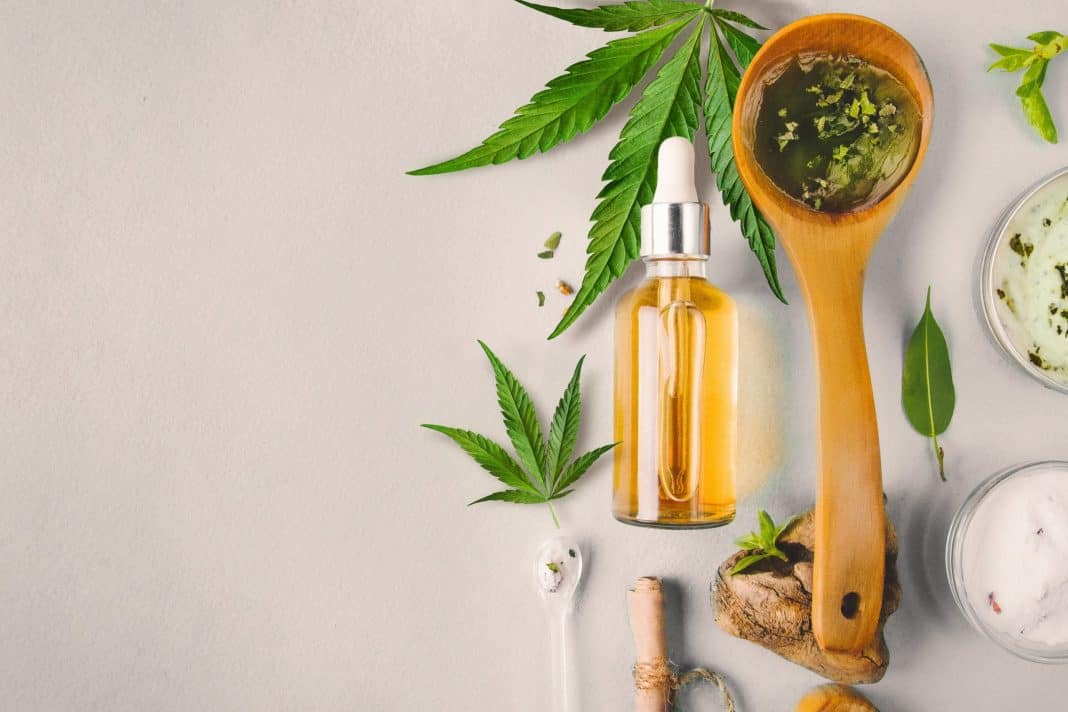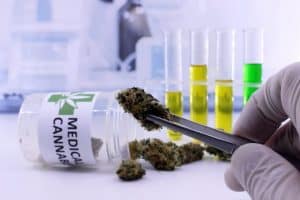Medicinal cannabis is a controversial and hotly debated issue within healthcare at the moment. While it may be largely the domain of pharmacists, given the possibility that cannabidiol, a chemical in the cannabis plant, may be downgraded from a Schedule 4 to a Schedule 3 medicine, pharmacy assistants may also have a role to play in this arena.
“It’s critical that pharmacists [and assistants] have the facts … a lot of the time people go to a pharmacist first [so] pharmacists [and assistants] need to play a key role [in this space],” says Pharmacy Guild Queensland Branch Vice-President Kos Sclavos, a passionate supporter of medicinal cannabis use in healthcare.
“[Pharmacy assistants] need to be able to triage patients to the pharmacists. I expect many patients are carers [and] will engage with pharmacy assistants. In addition, pharmacy assistants will be required to assist with administrative roles to do with the ordering and supply of the products.”
According to Mr Sclavos, “the knowledge base of CBD and THC – how they work and what they’re for – is not covered” within the medical education/training streams, and this is something that all pharmacists, and other health professionals, need to be upskilled in.
“At the moment a lot of people rely on illicit [cannabis],” he said. “They can’t get a prescriber. [My] driver is to make sure that medicinal cannabis is normalised in the pharmaceutical supply chain.”
What is medicinal cannabis?
When talking about medicinal cannabis it’s important to differentiate what, exactly, the discussion is about, as up to 100 cannabinoids are present in the cannabis plant. The major cannabinoids found in the plant are CBD and THC, which are typically what is being referred to when we speak of medicinal cannabis.
CBD and THC both have therapeutic uses and differ based on their psychoactive effects. According to the TGA, “unlike THC, CBD does not cause psychomotor or cognitive impairment, or strong psychoactive effects”.1
THC is the cannabinoid “responsible for the psychoactive effects of cannabis and is the reason cannabis is used recreationally”, the TGA says.2
According to Justin Sinclair, research fellow at NICM Health Research Institute, Western Sydney University, “essentially the difference between medicinal cannabis and illicit cannabis is one of quality assurance and the standardisation of cannabinoids, the former being an important aspect of safety, and the latter [allowing] for consistency in therapeutic results”.
He adds that surveys have shown that many Australians are using illicit cannabis for therapeutic purposes (i.e., without medical supervision) for a wide array of different conditions and symptoms.
“THC is the main cannabinoid associated with the intoxicating effects of the plant, and while generally found in higher concentrations in illicit supply chains, THC is still present in many of the products being used by medical practitioners in Australia – particularly for chronic pain,” Mr Sinclair says.
Dr Ben Jansen, Clinical Director of Cannabis Doctors Australia and CDA Health, adds: “When you say medicinal cannabis, it’s a broader term because it’s not just CBD by any means. We’re prescribing THC as well.
“About 40% of our prescriptions are CBD alone, the other 40% are THC alone and then 20% are blended products.
“Commonly we will prescribe a CBD and a THC so that a patient can adjust the dose of the CBD for their conditions that respond to the CBD, which will be different, in general, from what will respond to the THC.”
What conditions does medicinal cannabis manage?
Dr Jansen says the medical team at Cannabis Doctors Australia prescribe CBD and/or THC for a variety medical issues, including “neuropathic pain, inflammatory pain, degenerative pain, and beyond that the next most common [condition] is anxiety”, which makes up “anywhere from five to 10% of prescriptions”.
“The reason why is that you have a system inside your body called the endo-cannabinoid system, which has to do with homeostasis and getting your body back to homeostatic levels of cellular happiness – cellular bliss,” he says, adding that boosting the endo-cannabinoid system “can benefit so many different things”.
Mr Sinclair adds: “While preliminary research around CBD suggests it may be therapeutically useful in anxiety and certain neurological disorders, the majority of research supporting its use is found for intractable epilepsy.
“Due to cannabis research being stifled for the last 80 years due to prohibition, research does have some catching up to do, but it’s fair to say that cannabis research is currently experiencing a significant resurgence of interest.
“Several clinical trials reporting efficacy data have shown that CBD can reduce seizure frequency in study participants for intractable epilepsy and could represent hope for patients that are resistant to many of the conventional anti-epileptic drugs.”
The role of a pharmacist assistant
While dispensing of medicinal cannabis is largely the domain of an Approved Prescriber (AP) and doctors who have received approval through the Special Access Scheme (SAS), given the potential change in low dose CBD scheduling, pharmacists will soon likely play a role within this arena, and will need to know how to dispense medicinal cannabis appropriately, and according to health conditions.
This means that pharmacy assistants will need to upskill in this area also, in order to assist the pharmacists they work with.
“[At present] CBD is a Schedule 4; THC is a Schedule 8 – any product that has more than two per cent of any other cannabinoid apart from CBD is considered a Schedule 8 as well,” Dr Jansen says.
“The government is looking to change the scheduling of smaller bottles of CBD to across-the-counter pharmacy only (Schedule 3) … so [if this goes ahead] pharmacists would have more of a role in dispensing CBD [and] … would need to give accurate advice.”
Dr Jansen points out that pharmacy assistants also need to upskill in this area.
To help pharmacists and assistants upskill, courses and platforms such as those of CanView are becoming available.
Dr Jansen adds that through CanView, an educational platform is about to be released that pharmacists can access for further training around medicinal cannabis.
“It will be free for pharmacists and doctors to go on and learn about medicinal cannabis – when it’s appropriate and what is the dosing that you should do,” he said.
“That course is open to retail pharmacy assistants as well. I guess really … the duty of care falls under the pharmacist to make sure their staff is trained appropriately.”
In addition to the option of the CanView platform, on 1 July 2020 NPS MedicineWise released a new portal to “help health professionals and consumers navigate evidence-based information about medicinal cannabis”.
“Medicinal cannabis is a medicine that Australians want to know more about,” says NPS MedicineWise CEO Adjunct Associate Professor Steve Morris.
“Accessing clear, accurate and up-to-date information about medicinal cannabis can be challenging … because there are many groups with an interest in this area, and a complex regulatory environment.”
To read the feature in full, as it appears in the August issue of Retail Pharmacy Assistants magazine, visit: rpassistants.com.au/retail-pharmacy-assistants-august-2020
References:
- Review on the safety of low dose cannabidiol, gov.au/alert/review-safety-low-dose-cannabidiol [Accessed 2/7/20].
- Guidance for the use of medicinal cannabis in Australia: Patient information, gov.au/publications/guidance-use-medicinal-cannabis-australia-patient-information [Accessed 1/7/20].









